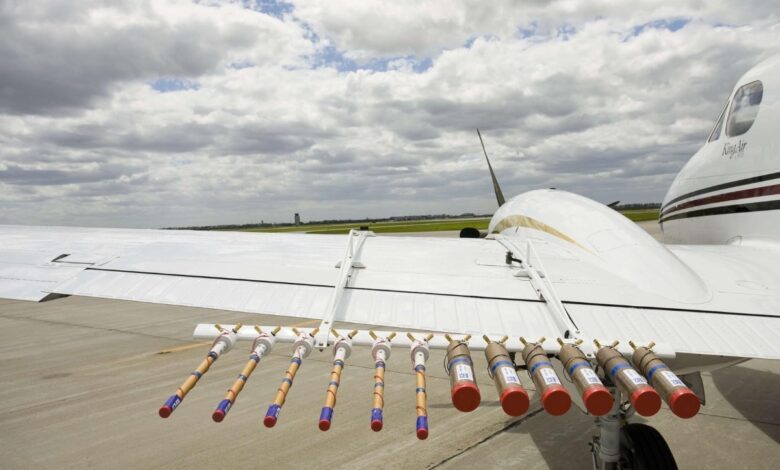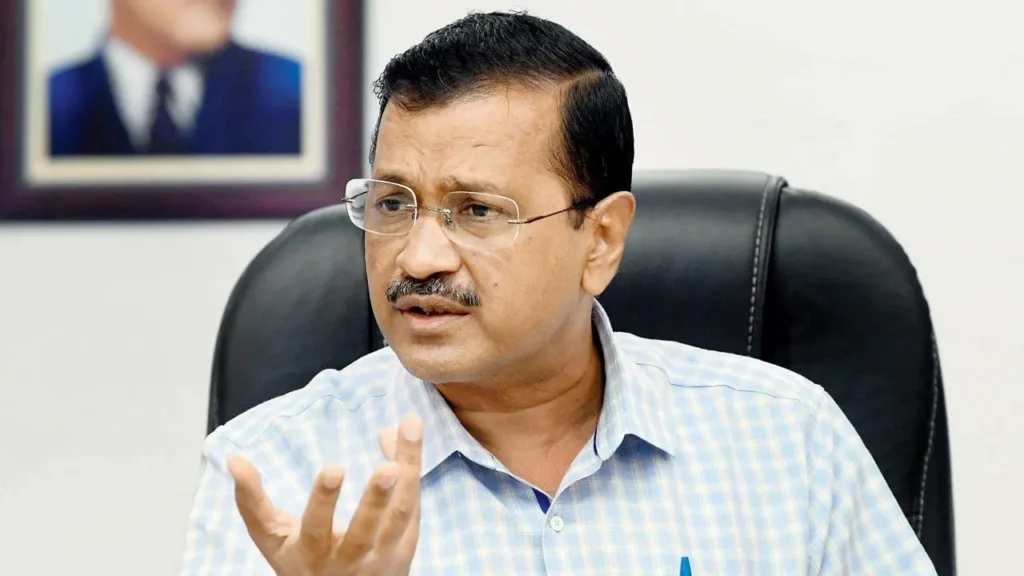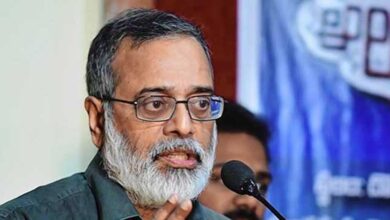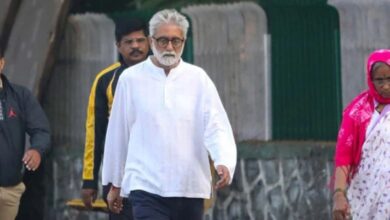Delhi government will deploy cloud seeding to fight pollution

The Delhi Government announced on Monday that cloud seeding technology will now be deployed in the city. This technology is known to permit precipitation during low rainfall seasons and aid in the reduction of pollution.
What is cloud seeding?
The practise of “cloud seeding” involves introducing precipitation-inducing substances into clouds, usually from an aircraft, in an effort to speed up the natural precipitation process. It has been noted that clouds are present everywhere, even in dry areas.
Cloud seeding uses aeroplane-mounted jets to spray chemicals like common salt or silver iodide into the upper levels of moist clouds in order to create raindrops. Their effectiveness has not yet been established. India has recently mastered cloud seeding.
Along with a variety of employment generation, skill development, and environmentally friendly project initiatives that were launched in Delhi in collaboration with the Confederation of Indian Industry (CII), the technology—which is already in use in the US, China, and Dubai—will also be put into practice in Delhi.
“Cloud seeding technology is being used in China and Dubai. We will explore its possibility in Delhi, especially during the winter season,” Kejriwal stated.

Experts claim that cloud seeding has little success in reducing pollution during the winter.
Cloud seeding technique is being developed by IIT Kanpur. “The cloud seeding technology is known to enable precipitation during low rainfall seasons and helps reduce pollution. It’s possible will now be explored in Delhi,” Kejriwal said.
According to Kejriwal, the pollution has decreased by 30% from levels in 2015. He met with representatives of the Confederation of Indian Industry (CII) to talk about a variety of topics, including infrastructure, jobs, and pollution.
The CII suggested working with the CSR fund to assist road beautification initiatives, the CM stated.
The group cited the planting of 2,200 seedlings in Karol Bagh, which covered a 500 square metre space. Now that they have grown, these seedlings resemble a forest.
To encourage the development of new industries, the body recommended the national leader of the AAP to lower the circle rates of industrial and commercial land. Kejriwal claimed he had tasked Atishi, the minister of revenue, with rationalising the circle rate.
In addition, Arvind Kejriwal discussed “green buildings” with the trade association, which may significantly reduce the cost of making schools and roadways more environmentally friendly.
In 1983, Tamil Nadu in India, which was at the time experiencing a severe drought, used cloud seeding for the first time. Since then, many states have used cloud seeding to make it rain.
Chemical substances like silver iodide, dry ice, and table salt are sprinkled from an aircraft onto the clouds. The target area’s location and the dominant winds are used to determine whether clouds are appropriate. When rain does not fall naturally, cloud seeding causes it to or, in the event of a shortfall, increases the amount.
IIT Kanpur has successfully tested the use of cloud seeding to create artificial rain in June of this year.
In order to conduct the experiment, a Cessna plane was flown away from IIT Kanpur’s Flight Laboratory at a height of about 5,000 feet, and cloud seeding caused a downpour to fall.
IIT-Kanpur had tried an experimental cloud seeding in Delhi in 2018 and 2019, but it didn’t work out as planned.
The Central Pollution Control Board claims that because of weather conditions—such as the capital’s low moisture levels during the winter—”the project was not further taken up.”
Although cloud seeding might be used to improve weather patterns or reduce pollution, there could also be unexpected repercussions.
Please, also have a look into : Delhi government makes a U-turn, reverts to old policy of retail liquor sale



